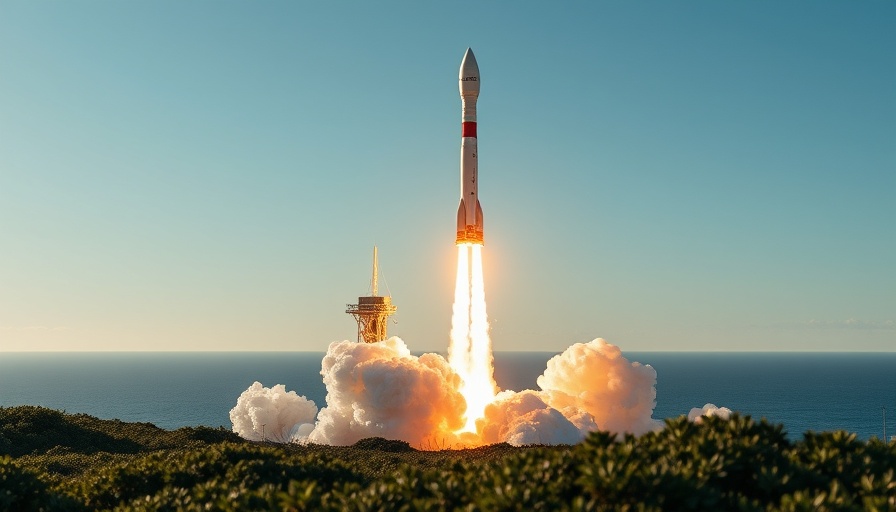
SpaceX Continues Its Push for Global Internet Access
SpaceX has solidified its position as a pioneer in satellite internet technology following the successful launch of 23 Starlink satellites from Cape Canaveral Space Force Station on March 18, 2025. This latest mission is a significant step in expanding SpaceX's already ambitious infrastructure designed to provide internet access to remote and underserved regions around the globe. As the company now operates nearly 7,100 Starlink satellites in low Earth orbit (LEO), this massive constellation is by far the largest ever assembled, fundamentally changing how we think about connectivity.
The Significance of LEO Satellite Communication
The deployment of these satellites reaffirms SpaceX's commitment to creating a seamless global internet service. These 23 new satellites include 13 equipped with direct-to-cell capabilities, allowing them to connect with mobile phones without needing traditional infrastructure. This innovation represents a leap forward in telecommunications, particularly for areas suffering from unreliable or nonexistent networks. With SpaceX's Starlink, users can experience high-speed internet access even in the most remote locations.
SpaceX's Launch and Landing Precision
As evidenced by this launch, SpaceX has not only perfected rocket technology but also demonstrated unmatched efficiency in space operations. The Falcon 9 rocket executed a flawless launch at 3:57 p.m. EDT, followed by a first-stage booster landing on the drone ship "A Shortfall of Gravitas," marking the booster’s 19th successful mission. This advanced reusable technology is pivotal to reducing launch costs while increasing the frequency of missions, ultimately making space more accessible.
The Ripple Effects on Global Connectivity
With the introduction of additional satellites into the Starlink constellation, experts predict a transformative impact on global internet access. For many, especially in areas where traditional providers are absent or unreliable, Starlink serves as a beacon of hope for digital inclusion. This expansion aligns with larger global initiatives emphasizing technology's role in bridging the digital divide—the disparity between those with easy access to computers and the internet and those without.
Industry Competition and Future Insights
While SpaceX leads the charge, it is crucial to recognize the competitive landscape it operates within. Other companies, such as OneWeb and Amazon's Project Kuiper, are also working diligently to establish their satellite internet services. The outcome of this rivalry may foster innovation in pricing and service delivery, ultimately benefiting consumers worldwide.
The Bigger Picture of Space Exploration and Innovation
The recent launch is not merely a corporate win for SpaceX—it contributes to a broader landscape of innovation in space exploration. As the commercial space industry matures, so do the exciting possibilities for future ventures, from space tourism to the commercialization of interplanetary travel. Each satellite launched stands as a testament to humanity's insatiable curiosity and relentless pursuit of knowledge and discovery.
In conclusion, as SpaceX continues to launch satellites and expand its infrastructure, we are witnessing a pivotal moment in global internet access that could redefine connectivity for millions. The implications of this mission stretch far beyond simple internet access, promising a future where everyone, regardless of geographical constraints, can participate in the digital age.
 Add Row
Add Row  Add
Add 




Write A Comment